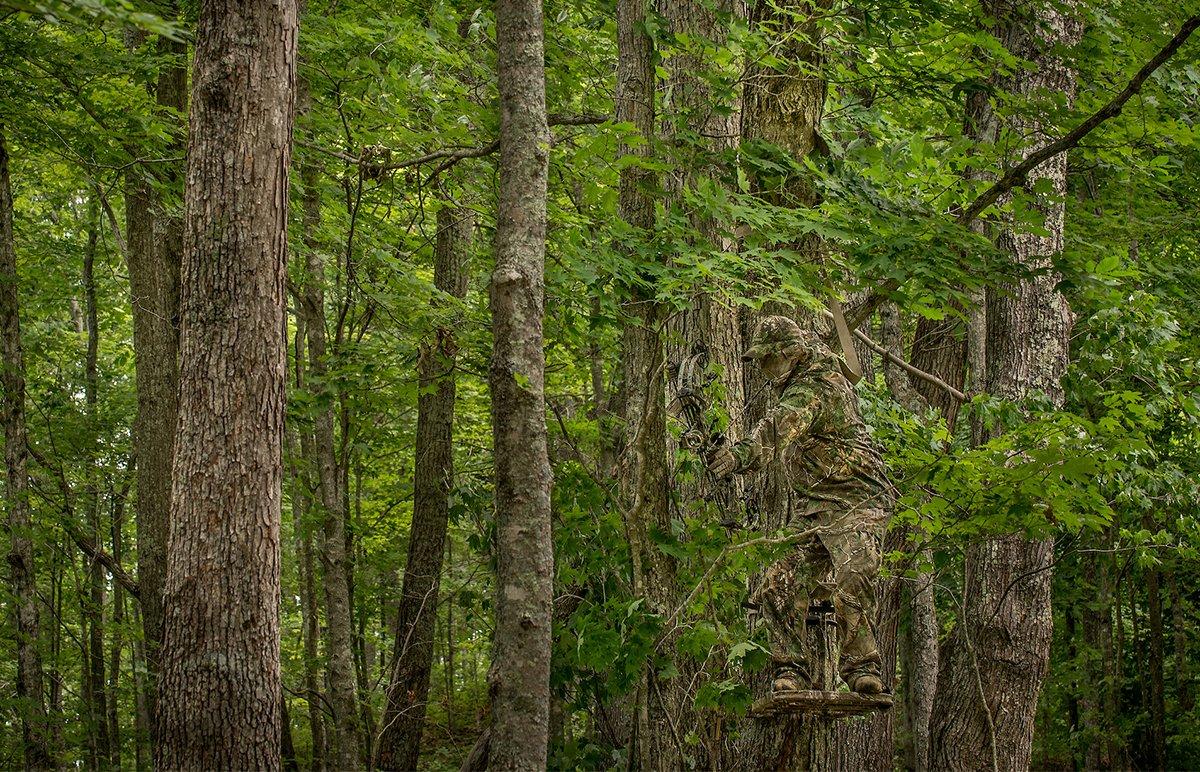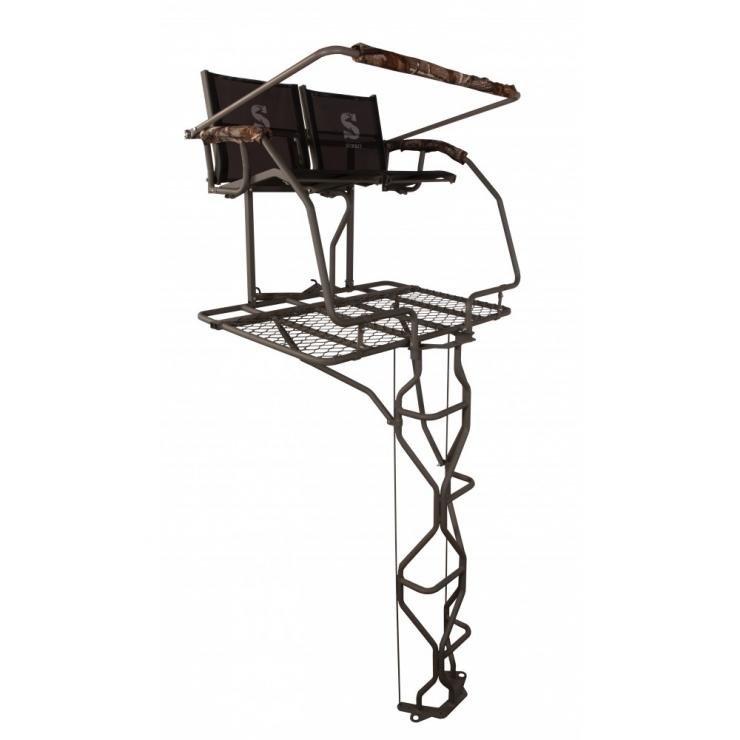A Month Full of Change and Transition
September marks the beginning of a new deer season. It's the month where some hunters begin pursuing whitetails, and others eagerly wait for October to bring their own personal opening days. But for those who hunt in states with September openers, we've got the information you need
September 1-9
The first week of September is an incredible time to capitalize on summer patterns. Most deer are still running in bachelor groups and moving about the landscape as they have for the last few months.
That big buck -- or group of bucks -- that you've been watching is still hitting the green food sources they have been all summer. Figure out what their preferred feeding destination is and set up in a staging area between their bedding and feeding.
This time of year, bucks often bed close to where they feed. So don't set up to far from the food. It's best to start closer to the food source and gradually work back toward the bedding area with each hunt if deer aren't making it there in daylight.
Don't Miss: 7 Things to Know About Bachelor Groups
September 10-16
Continue hunting as you did the first week or so of the season. It's possible that bucks could be starting to come out of velvet. But even if they are, they should remain in their bachelor groups and on their summer patterns for at least another week. Maybe two.
Acorns and other hard mast might begin hitting the ground this week. Most soft mast has already been doing so, or soon will, too. These can be great food sources to focus on, but don't forget the greens. Most soybeans will still be green and palatable at this point. They shouldn't begin to turn for at least another week or two (unless they were planted very early). Also, remember other food sources such as alfalfa, peas, milo, and natural vegetation. The woods is rich with food right now.
Rubs and scrapes could potentially start dotting the landscape. If so, incorporate any findings into your game plan. You should pair that with trail camera and other scouting intel to help make hunting decisions.
Don't Miss: Everything You Need to Know About Acorns
September 17-23
Things are probably changing now. But will do so fairly soon (and rapidly) if they haven't already. Bucks have lost their velvet. Bachelor groups are busting up. It's the oh-my-gosh-where-have-my-bucks-gone week.
Buck behavior isn't the only thing changing either. So are food sources. In areas with good mast crops, hard mast is the food source of choice. Find a good stand of white oaks with acorns and you're in the money. In years with less of an acorn crop, red oaks might prove hunt-worthy, too.
Chances are soybeans aren't drawing as many deer now, but they could be if they were planted late. Other green food sources are mostly still viable, though. Study your hunt location and determine what the deer are keying on at the time.
For those who began hunting in early September, pressure is almost certainly starting to become a factor. Don't over-hunt. And if you or someone else has, consider targeting new locations -- especially if you're seeing less deer or experiencing a lack of daylight activity.
Don't Miss: Kill an Early Season Stud in 5 Days
September 24-30
It's a whole new ball game by now. Bucks are starting to settle into their fall ranges. For some bucks, this will constitute a move of a mile or more. For others, it won't mean a single alteration from their summer pattern. Which way it will go for each buck is anyone's guess, but if you have history with any deer, always pay attention to what they did in previous years. They'll likely do it again this season.
Rubs should be popping up in good number as bucks begin revealing their travel routes. Scrapes are possible, but less so. Finding this sign will result is good information you can use to home in on a deer. Mark all findings on an aerial map to help paint a picture of deer behavior.
Some hunters might feel like the "October lull" is beginning to take affect a little earlier than normal. I say nonsense, though. Studies reveal there is no such thing. Statistics reveal daylight deer activity continues to increase through September and October (even in hunted areas) and peaks in November. Honestly, this period is just a period of great transition, leading to a very large misinterpretation of deer activity.
The ticket to beating this tough time during the season? Transition with the deer. Locate the new food sources they're hitting. Scout to find bedding areas. Find bucks that have relocated to their fall ranges.
Don't Miss: The October Lull: Fact Or Fable?
Are you a deer hunter thirsty for knowledge? Check out our stories, videos and hard-hitting how-to's on deer hunting.









